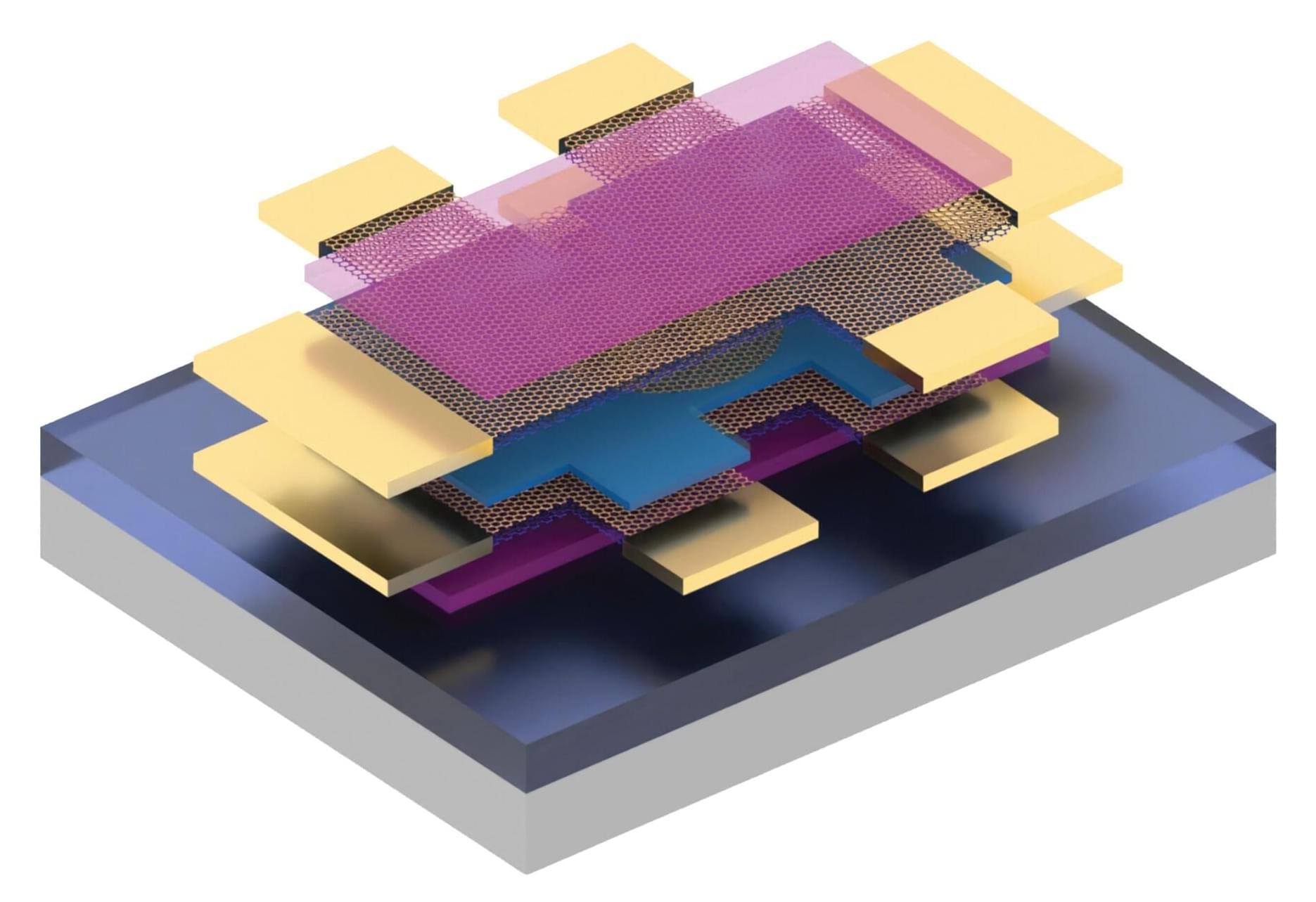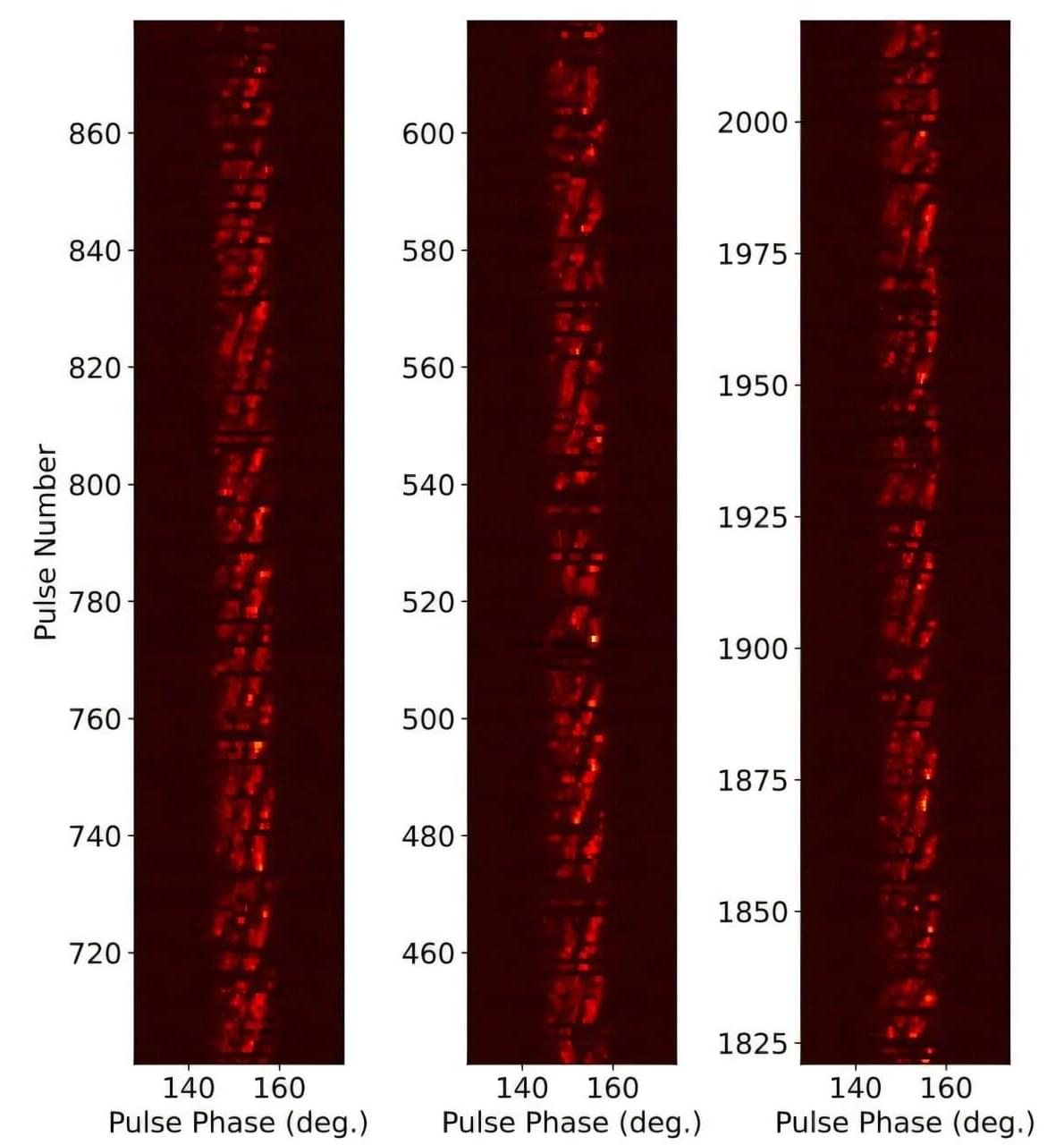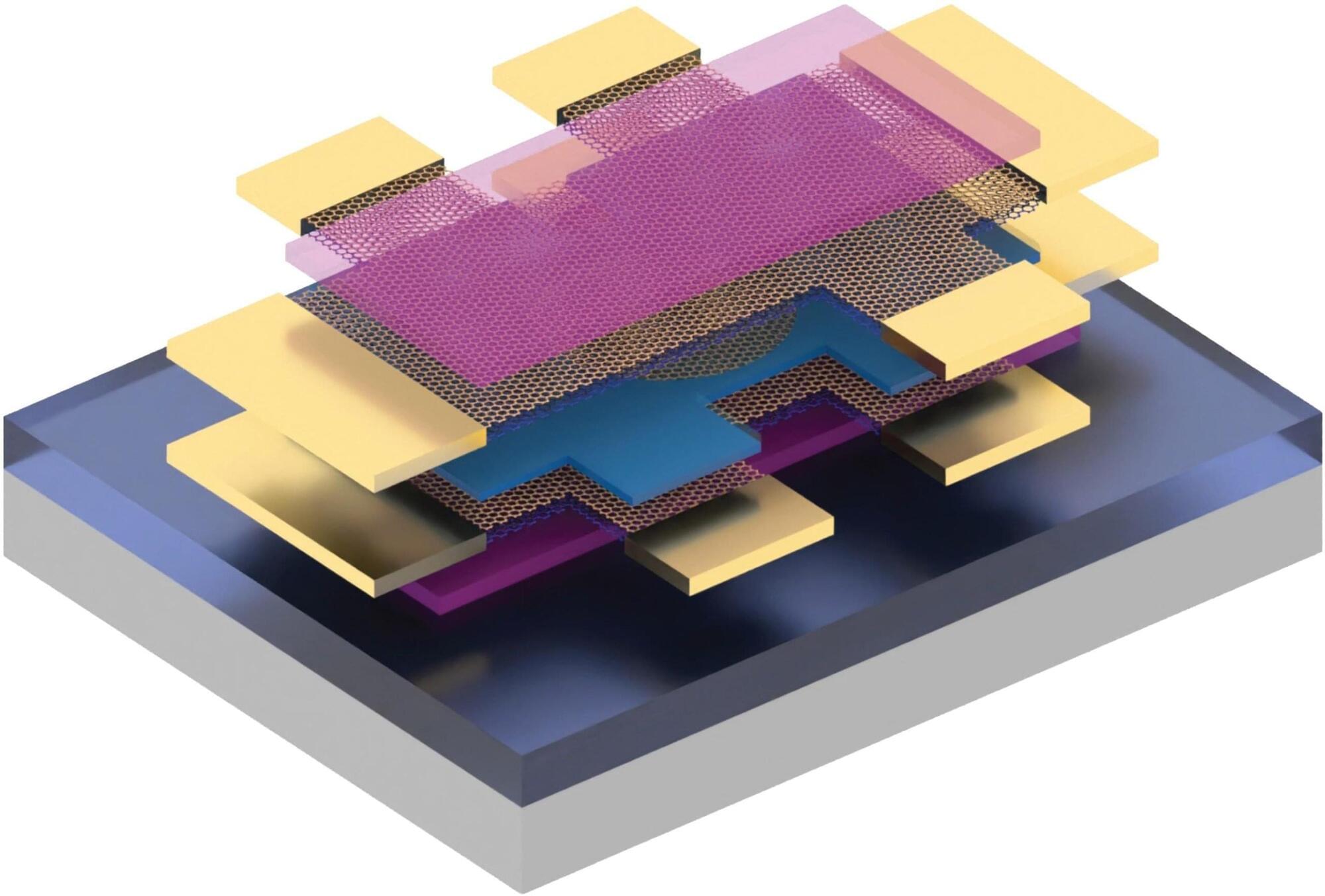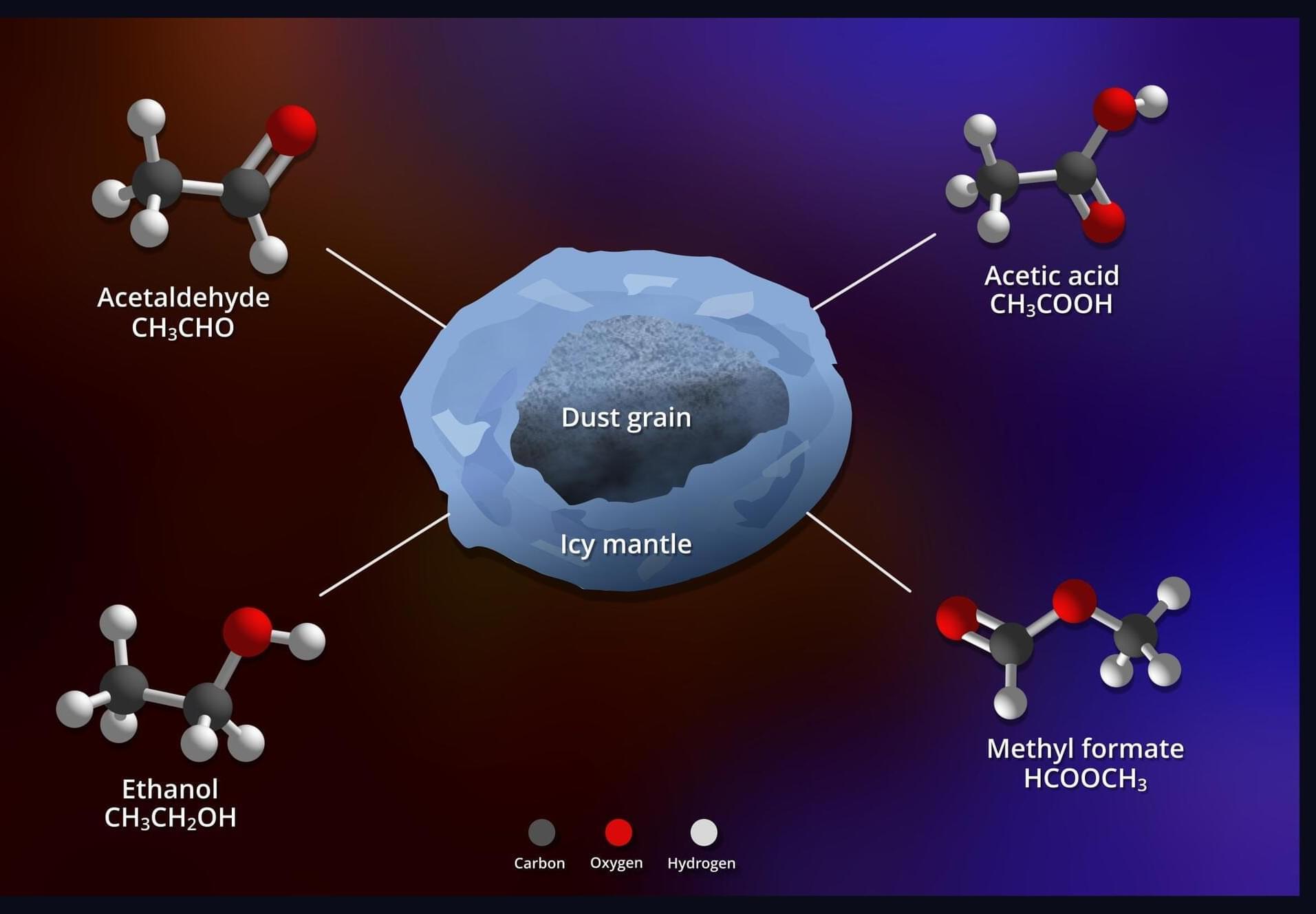Superconductors are like the express trains in a metro system. Any electricity that “boards” a superconducting material can zip through it without stopping and losing energy along the way. As such, superconductors are extremely energy efficient, and are used today to power a variety of applications, from MRI machines to particle accelerators.
But these “conventional” superconductors are somewhat limited in terms of uses because they must be brought down to ultra-low temperatures using elaborate cooling systems to keep them in their superconducting state.
If superconductors could work at higher, room-like temperatures, however, they would enable a new world of technologies, from zero-energy-loss power cables and electricity grids, to practical quantum computing systems. And so, scientists at MIT and elsewhere are studying “unconventional” superconductors—materials that exhibit superconductivity in ways that are different from and potentially more promising than today’s superconductors.









